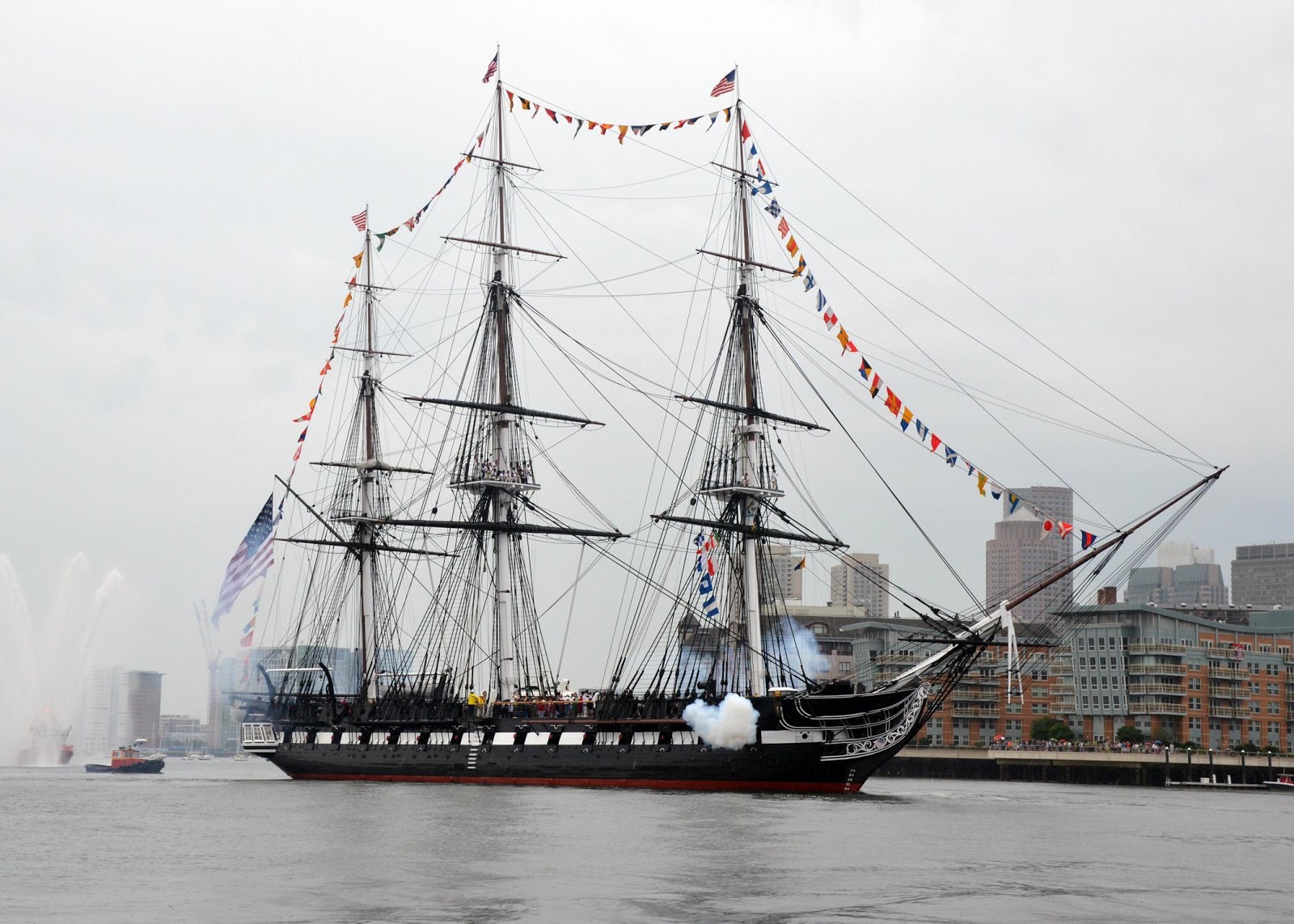
One of the things that distinguishes the United States Navy is a profound respect for history and tradition.
As a fighting force that has protected the mainland and U.S. interests abroad for the last two centuries, the Navy has managed to be on the cutting edge of technology, tactics, and fighting spirit while preserving the connections with the past that link sailors and officers with their ancestors.
One need only recall the great names – John Paul Jones, Commodore Perry, and Admirals Kimmel, Spruance, and Nimitz – to know that safeguarding the United States has been the goal and honor of men and women for many generations.
In fact, according to naval historian Alfred Mahan, “The study of history lies at the foundation of all sound military conclusions and practice.” (“The Influence of Sea Power Upon History 1660-1783”)
One of the ways that traditions are kept alive is by maintaining historical units. One example is the U.S. Army’s 3rd Infantry Regiment, the “Old Guard.”
According to their website, “The Old Guard is the Army’s official ceremonial unit and escort to the president, and it also provides security for Washington, D.C., in time of national emergency or civil disturbance.”
They also maintain a Drum and Fife Corps which preserves the musical tradition of the Continental army from the War of Independence in the late eighteenth century. Last but not least, they maintain a 24-hour vigil at the Tomb of the Unknown Soldier and provide burial details for the earthly remains of service members and veterans interred at Arlington National Cemetery.
USS Constitution: Seaman Matthew R. Fairchild | Credit: U.S. Navy
Not to be outdone, the U.S. Navy also maintains an active-duty unit to preserve the history of the late 18th century. The USS Constitution is a 44-gun frigate of the United States class, and she is a thing of beauty.
Displacing 2,200 tons, she was laid down in 1794 and launched in 1797. She participated in the actions against the Barbary Pirates, where the US Marine Corps added “the shores of Tripoli” to their hymn, and later participated in the War of 1812, where she distinguished herself in action against, among others, the HMS Guerriere (pictured).
Part of the duties of sailors assigned to the USS Constitution is performing a form of drill known as Pike Drill. Just as service members practice with rifles today, the members of this team practice with pikes, a spear that was used to repel hostile sailors and marines during boarding actions.
In the frenzy and chaos of battle, maintaining the coordination and discipline necessary to face the enemy as a cohesive unit instead of a series of individuals doing their own thing is absolutely critical.
The following video takes you through the whole Pike Drill and explains the meaning of the different movements in their historical context. It’s definitely worth checking out! Here’s the link.
What do you think about this story? Please share this on Facebook and Twitter and let us know!


